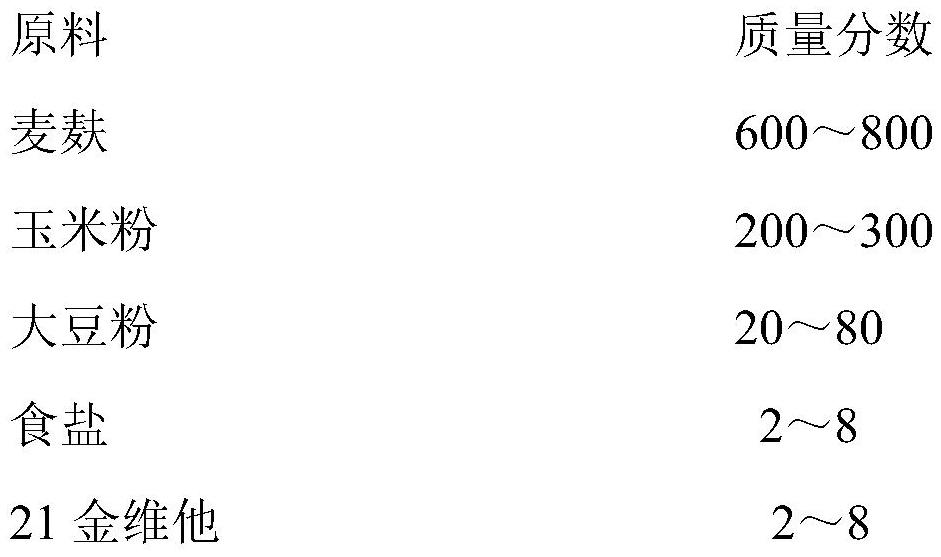Artificial breeding method for wild insect-eating bats
A breeding method and bat technology, applied in the field of breeding and breeding, can solve the problems that bats cannot be raised, artificial breeding cannot be raised alone, and the health of bats is affected, so as to achieve the effect of improving the survival rate of cubs
- Summary
- Abstract
- Description
- Claims
- Application Information
AI Technical Summary
Problems solved by technology
Method used
Image
Examples
Embodiment 1
[0032] Taking the artificial breeding of Mytois ricketti as an example, a method of artificial breeding of wild insectivorous bats is described, including preparation of insectivorous bat feed, domestication of parent Mytois ricketti, overwintering of Mytois ricketti, and artificial breeding of Mytois ricketti. Steps such as reproduction, weaning of baby bat cubs, and rearing of cubs of big-footed bat cubs.
[0033] Step 1. Preparation of insectivorous bat feed: purchase 10 kg of Tenebrio molitor larvae, divide them into 5 equal parts and put them into breeding boxes, each box is 2 kg. Remove the Tenebrio molitor pupae and adults mixed therein, feed the Tenebrio molitor larvae on the first day of the first week, feed 1kg Tenebrio molitor feed each time, and feed 1kg Tenebrio molitor on the third day of the first week. Feed 1kg Tenebrio molitor feed, and feed 1kg Tenebrio molitor with 0.5kg chopped potatoes once, feed 1kg Tenebrio molitor feed on the first and third days of the...
PUM
 Login to View More
Login to View More Abstract
Description
Claims
Application Information
 Login to View More
Login to View More - R&D
- Intellectual Property
- Life Sciences
- Materials
- Tech Scout
- Unparalleled Data Quality
- Higher Quality Content
- 60% Fewer Hallucinations
Browse by: Latest US Patents, China's latest patents, Technical Efficacy Thesaurus, Application Domain, Technology Topic, Popular Technical Reports.
© 2025 PatSnap. All rights reserved.Legal|Privacy policy|Modern Slavery Act Transparency Statement|Sitemap|About US| Contact US: help@patsnap.com



